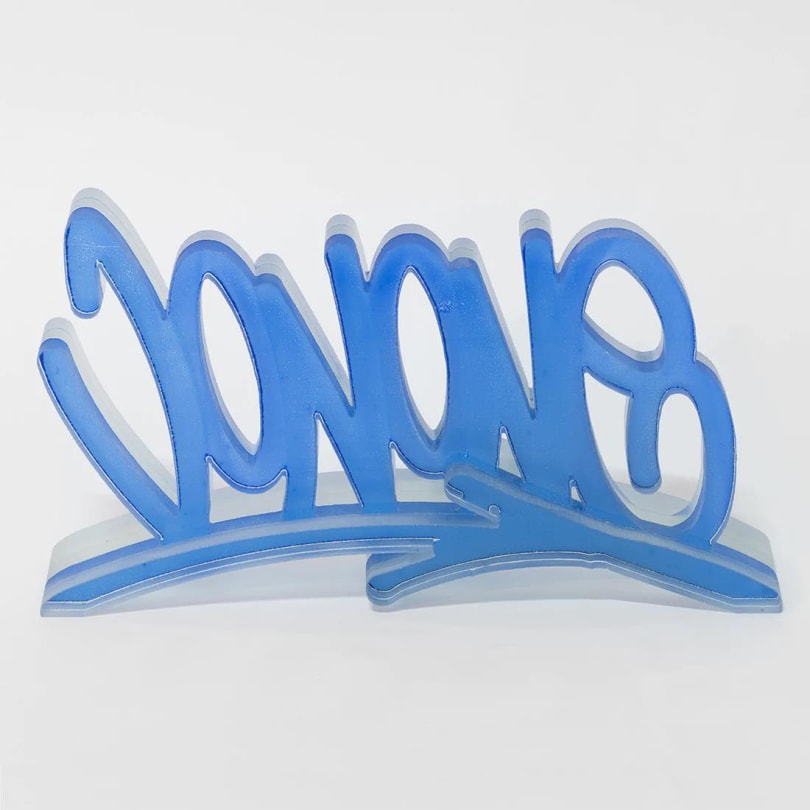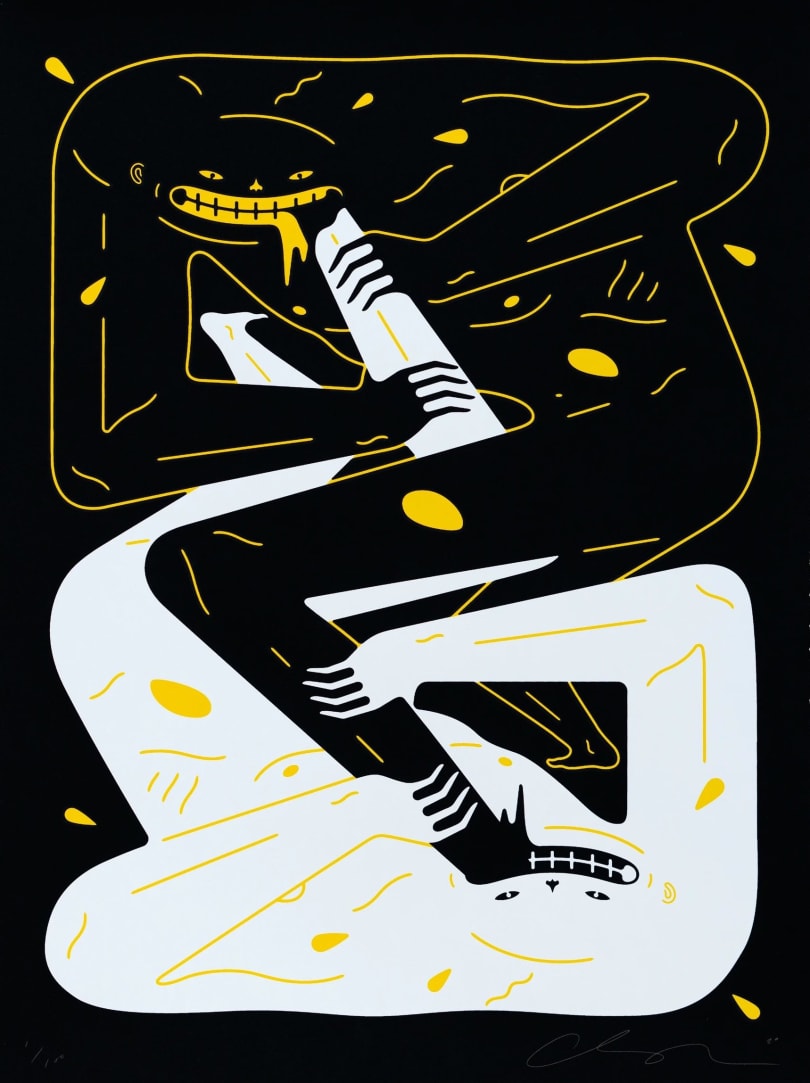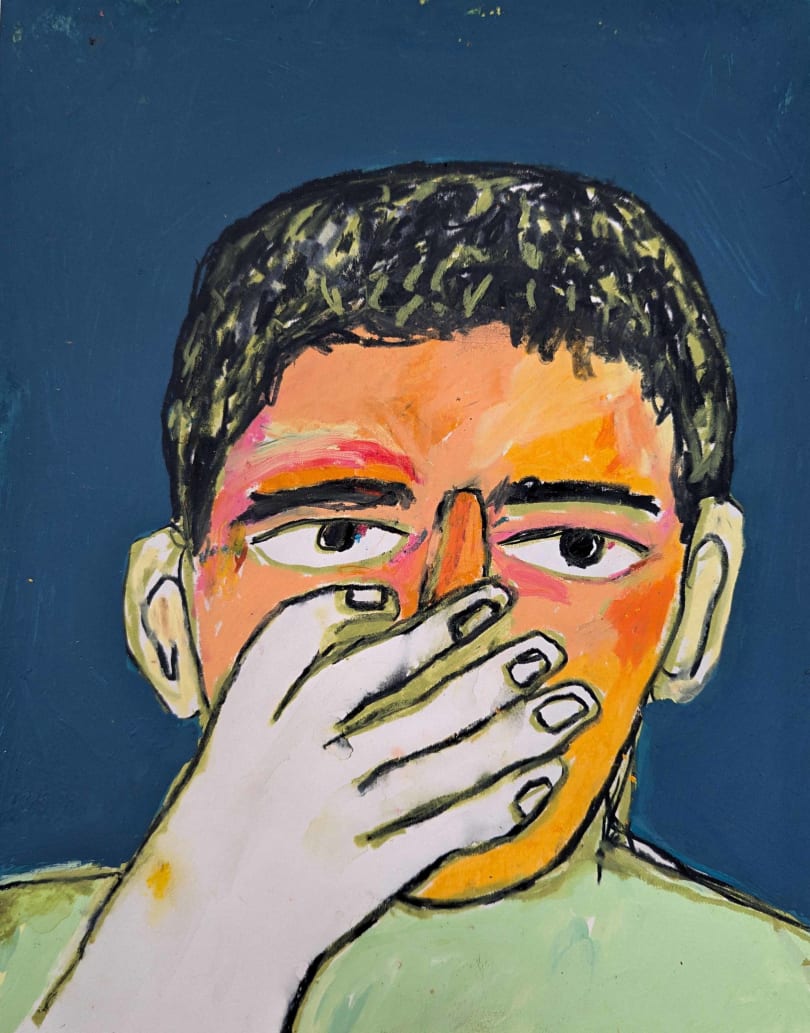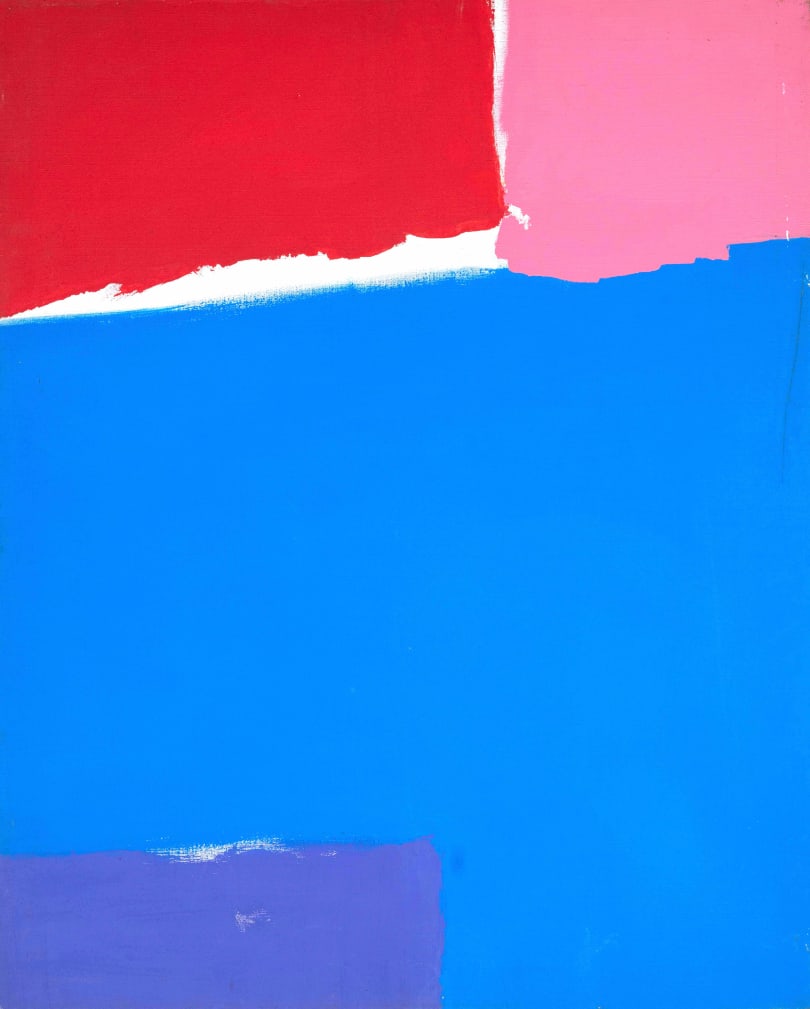
La géante II
Category
PrintTechnique
Color lithography on Arches paperDate
1953Dimensions
72 cm x 56 cmArtwork information
Category
PrintTechnique
Color lithography on Arches paperDate
1953Dimensions
72 cm x 56 cmSignature
Signed upper rightProof(s) of authenticity
Certificate of authenticity issued by the publisher Mourlot.Lithograph signed upper right in the plate.
State of conservation
Very goodFraming
NoLocation
Paris, FranceDescription
This work is a reproduction of the painting "La géante" by René Magritte painted in 1935. This color lithograph is a rare printer's proof on Arches paper. It was printed in 1953 by Mourlot editions. This lithograph was printed in 150 copies.
Provenance
Mourlot Printing Company
The artist

Bio
René Magritte was born in Lessines, Belgium on November 21, 1898. He is one of the greatest surrealist painters.
The painter spent his adolescence in the Belgian town of Châtelet where he attended the studio of Félicien Defoin. At a very young age, he became passionate about comic strips.
Nevertheless, René Magritte had a particularly difficult childhood. His mother committed suicide in 1912. His father therefore decided to leave for Charleroi with his three sons. It is in Charleroi that René Magritte meets Georgette Berger, but he must quickly return to Châtelet when the First World War breaks out.
In 1914, Magritte painted his first picture and afterwards, he continued to paint works close to the impressionist style.
In 1915, he stops his studies and settles in Brussels, near the Academy of Fine Arts which he joins as a free auditor. René Magritte discovers cubism with his Brussels friends.
In 1920, he comes face to face with Georgette Berger at the botanical garden of Brussels, and they get married two years later.
Introduced within the Dada movement, René Magritte gravitates around the group "Correspondance", with whom he discovers surrealism. The surrealist group of Brussels is active from June 1926. The same year Magritte paints his first surrealist painting: "The Lost Jockey".
In September 1927, René Magritte leaves the Belgian capital for Paris, where he meets the great names of surrealism: Salvador Dalí, Paul Éluard, Max Ernst. In Paris, he exhibited at the Galerie Goemans. In 1928, Magritte painted his painting "La Trahison des Images", a work accompanied by the famous "Ceci n'est pas une pipe". Unfortunately, Magritte does not manage to collaborate with the Parisian surrealists, he quarrels with them, in particular with André Breton.
In 1929, the economic crisis forced him to return to Belgium and even put his artistic career on hold. He quickly found a job in advertising.
During the Second World War, René Magritte concentrates on impressionist techniques, he adds them to his painting during his "période Renoir". In 1948, during his "période vache" he painted up to 40 paintings in 6 weeks, these paintings with screaming colors, are intended to scandalize the Parisian artistic community.
It is only at the end of his life, in the 1950s and 1960s that René Magritte becomes really famous. Magritte died of cancer on August 15, 1967 in Schaerbeek. The artist leaves behind him a production of almost 2000 paintings.
Today, René Magritte is one of the most highly rated artists in the world, he is one of the Top 10 most expensive artists on the art market.








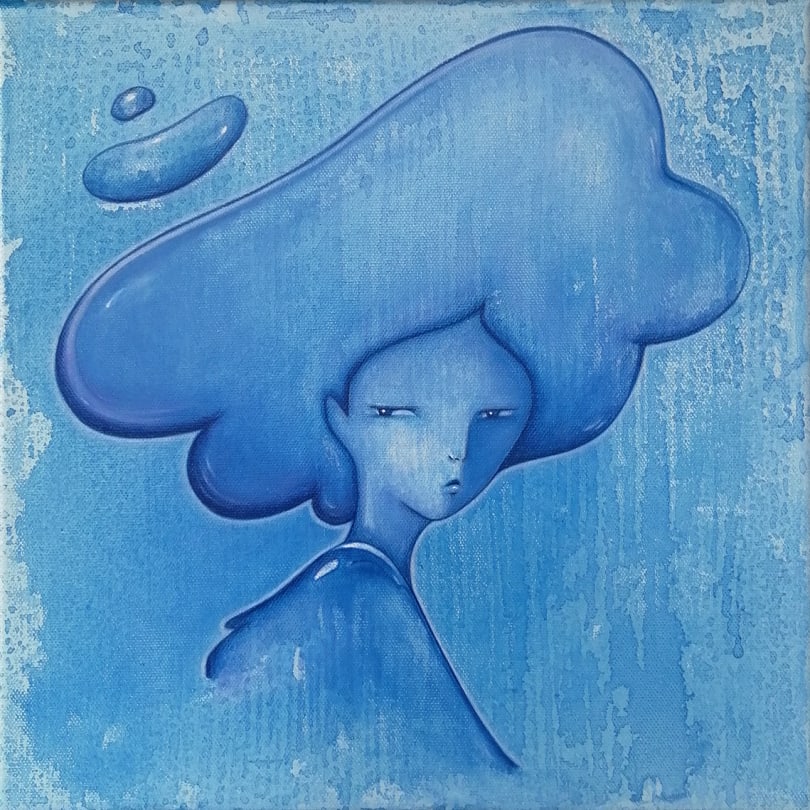



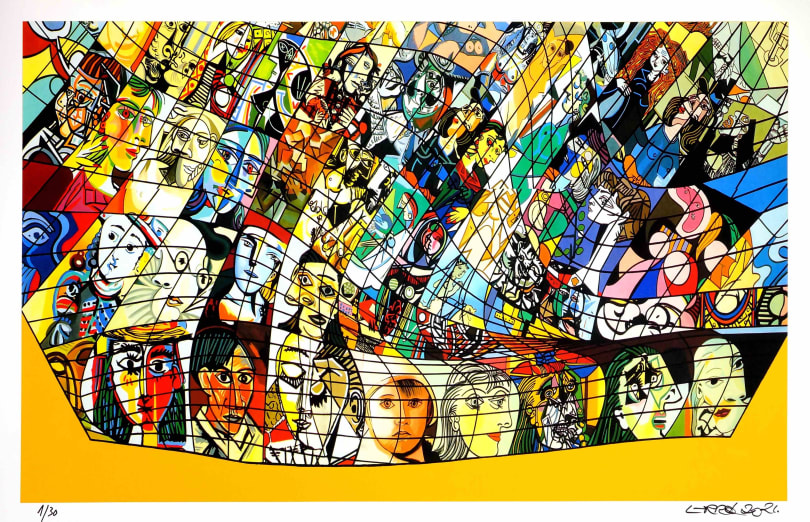
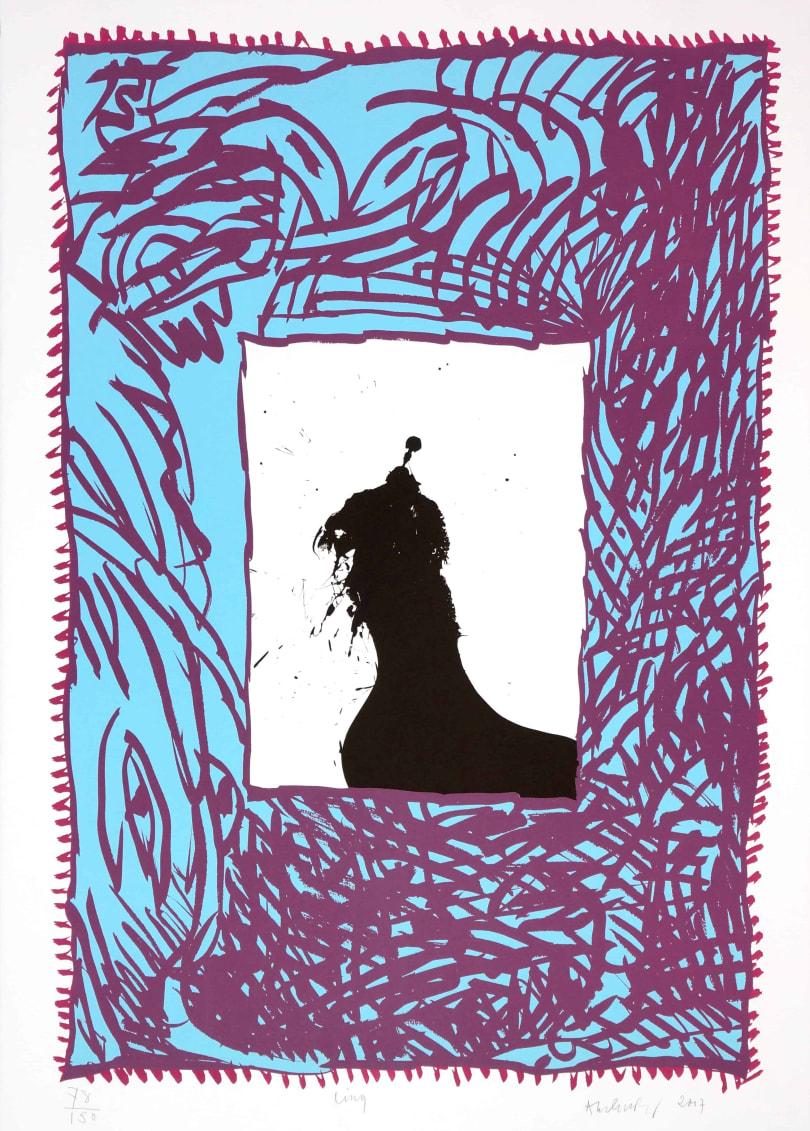







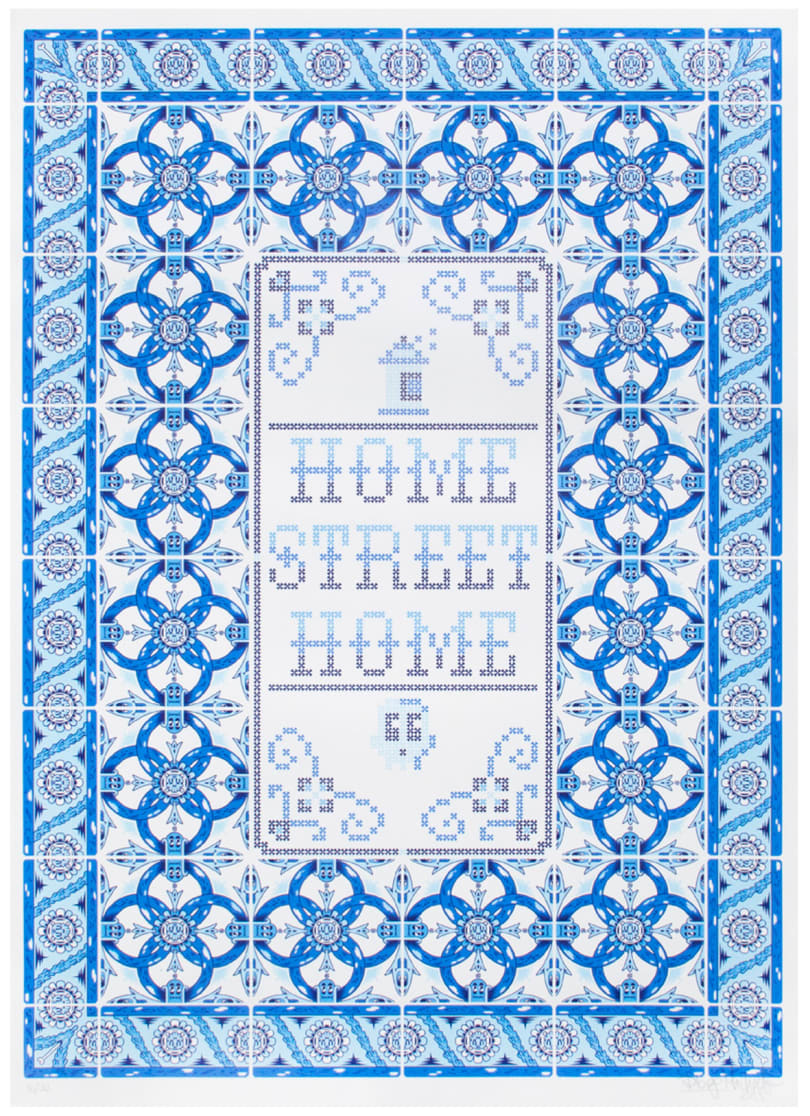


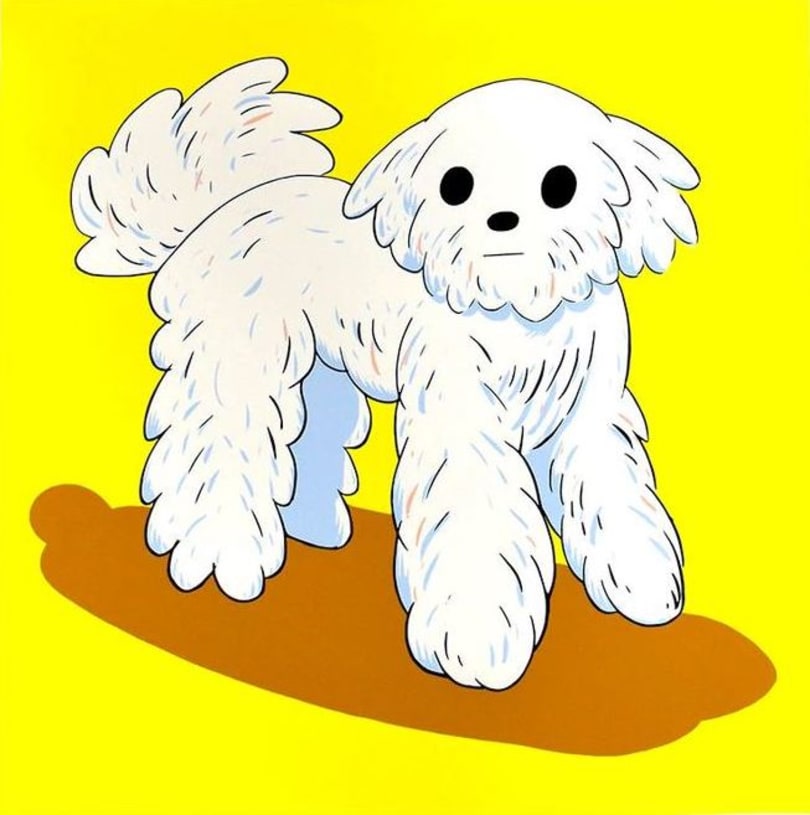
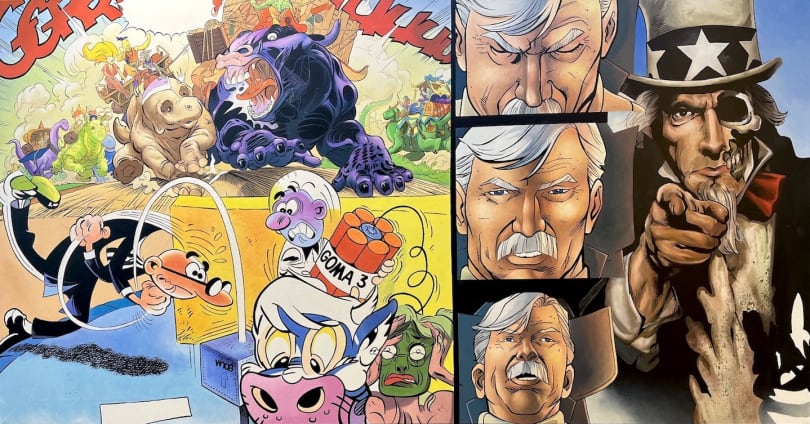


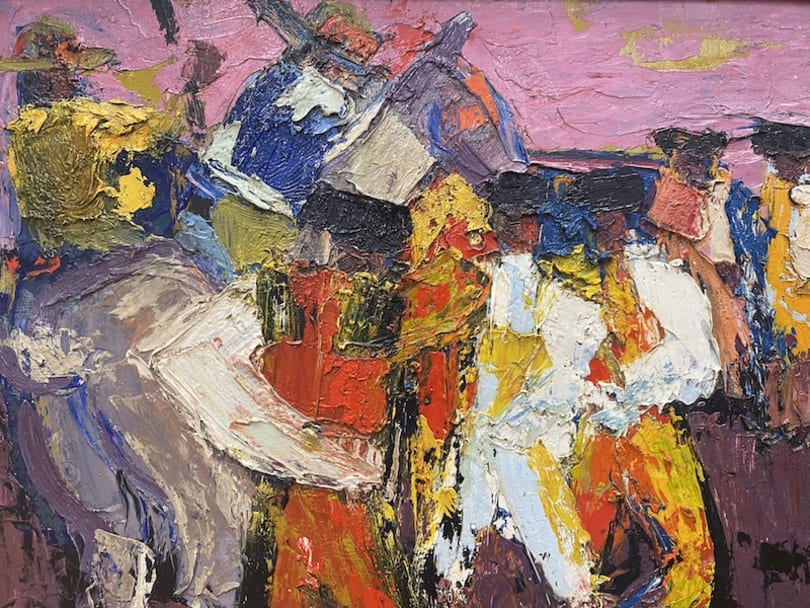
.jpg)


.jpg)


